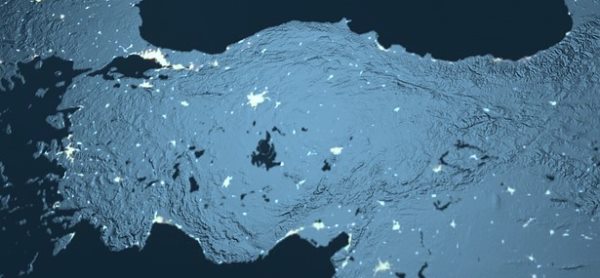Anatolia is one of the many names of my country throughout history. Let’s have a look at the history, names and stories about Anatolia.
Where is Anatolia?
Anatolia is the area mostly covering western, south and inland Turkey. Speaking south to north, Anatolia is in between Gulf of Alexandretta and the Black Sea. Anatolian Plateau’s elevation is generally high, mountains such as Ararat (5123 m) are located in Anatolia.

Names of Anatolia
The English name Anatolia originates from the Greek word Anatole which means basically east in Greek. Also, many other names such as Mizrah, Orient and Levant meaning Sunrise or East were used in other languages for Anatolia. Maybe the most known name of this land is Asia Minor of the Roman Empire and Anadolu as it is called in Turkish.
Important Key Moments in Anatolia’s Timeline
Before Classical Antiquity
- Prehistory of Anatolian habitation in Anatolia dates back to the Paleolithic age. A stone tool dating back to 1.2 million years was discovered in the Gediz River Valley. Also, Karain Cave in Antalya, Okuzini, Beldibi and Belbasi caves host prehistoric human settlements.
- Hattians and Hurrians can be called the first big empires settled in Anatolia. They were occupying the eastern and inland parts of Turkey starting from 24th century BC.
- Famous Hittite Empire of 17th century originates from central Anatolia. Hittites controlled big parts of Asia Minor, northern Syria, and northwest Mesopotamia.
- Hellenization of the western Anatolia goes back to 20th century BC. Ionian and Mycenaean Greeks started their colonization and created the commonly used name ”Anatolia”.
Alexander the Great’s Anatolia
Several states were founded in Turkey following the death of Alexander the Great. One of them was Pergamon Kingdom ruled by the Attalids. Attalids were a royal family coming from the bloodline of Macedonian general who was left by Alexander the Great back in Asia Minor to hold positions Macedonians gained.
King Attalus III of Pergamon Empire was very well aware of the Roman emperors wish to occupy west Anatolia. Regarding the fact that King Attalus III had no sons, and he wanted a painless transition into Roman Empire, he declared the Roman emperor as his son which enabled him to leave Pergamon Empire for the Roman Empire after his death.
Roman Empire Converts Anatolia Into Asia Minor
Romans were very quick to settle in Pergamon city in 133 BC. Later they realized Ephesus could be a better candidate to become Roman power center in Asia Minor. Ephesus became the capital of Asia Minor State of the Roman Empire in 129 BC. A proconsul of consular rank was pointed to rule Asia Minor state.
Romans used Ephesus as a port to deploy their armies. All Anatolian cities fell one by one under Roman rule. Pompey united all Asia Minor together in 63 BC.
Asia Minor enjoyed era called ”Pax Romana” more than any other part of the Empire. Cities of Asia prospered and exports were higher than ever. Wool and cotton textiles were the biggest products of Asia Minor State.
Acropolis of Pergamon and Ephesus became the most famous cities of the Asia Minor and turned into attraction centers, becoming more popular than Alexandria of Egypt. Early Church leaders like Saint John the Evangelist and Apostle Paul spent significant amount of time in Asia Minor. Also, Seven Churches of the Revelation were founded in Asia Minor too.
Post Roman Anatolia
Following the split of the Roman Empire into two Eastern part of the Roman Empire made Anatolia their motherland and moved their capital to Istanbul in 324. Eastern Roman or Byzantine Empire existed till the arrival of the Turks and fall of Istanbul in 1453.
Ottoman Era of Anatolia
Even though the Ottomans conquered Istanbul and finished the Byzantine Empire in 1453, the arrival of the Turks and first Turkish settlements in Anatolia goes way earlier than that. It was the year 1299 when the Ottoman Empire was founded and it took about 150 years to dominate whole Anatolia. Ottoman Empire was defeated during the first World War and its territories were occupied in the aftermath. Ottoman rule of Anatolia and the Ottoman Empire itself ended in the year 1922.
Anatolia Becoming Modern Turkey of Today
Losing the first world war and allying with the invaders caused a big rebellion and later a revolution against the Ottoman Sultan. Turkish independence war, leaded by Mustafa Kemal Atatürk, took place in between 19th of May 1919 and 24th of July 1923. War resulted with the abolishing of the Ottomans and the creation of the Republic of Turkey which is the current ruler of Anatolia.
Get Your Tour Guide in Anatolia
Contact me to book a recommended tour guide in Anatolia which is also known as Turkey. I provide tours all around Anatolia in cities like Ephesus, Pergamon, Istanbul, Antalya, Cappadocia, Konya and Hierapolis. See you soon, Hasan Gülday.